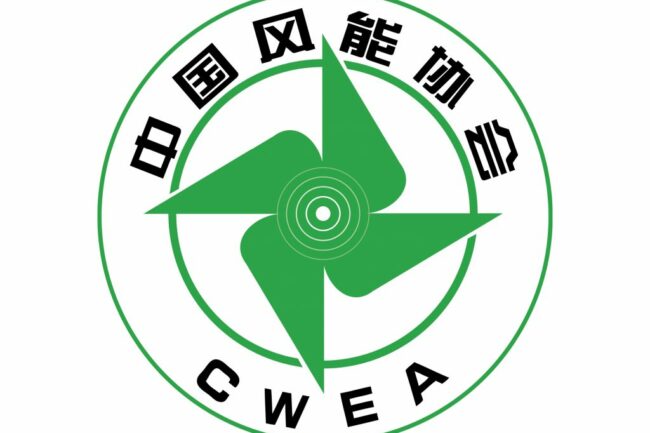About Task 56
The primary objective of Task 56 (the Offshore Code Comparison Collaboration 7 Project – OC7) is to evaluate and enhance the predictive accuracy of modeling tools used in the design of offshore wind systems. Additionally, the project aims to propose effective strategies to achieve the highest attainable accuracy in these load predictions. The OC7 project will center its efforts on tackling three pivotal facets of wind turbine design, which help to address the outstanding Grand Challenges in the wind energy sector. By conquering these challenges, the project aspires to pave the way for the future wind power plant capable of providing cost-effective electricity supply. Emphasis will be placed on floating wind systems, acknowledging the heightened uncertainties in this realm, while also recognizing the substantial potential for cost reduction.
The proposed task will address the following key challenges:
- The evolution of innovative designs for floating wind structures transcends the conventional oil and gas substructures that initially shaped our hydrodynamic modeling theory. Adapting our modeling methodologies to facilitate more precise hydrodynamic load forecasts across the expansive design spectrum under consideration becomes paramount.
- As we grow the dimensions of wind turbines and optimize their configurations to reduce cost, the inherent flexibility of the floating support structure becomes more pronounced. It is imperative to incorporate this structural flexibility into our design capabilities and rigorously assess its implications for predicting loads at the individual member level, while also assessing its impact on global dynamics.
- Shifting from the perspective of isolated turbines to the holistic functioning of wind farms is imperative. Anticipating loads for any turbine within a wind farm becomes a necessity, especially as turbines experience wake effects from neighboring units. This is particularly pertinent for floating wind systems, where wake behavior takes on distinct characteristics.
The task will build off the success of the previous OC3-OC6 projects, which have been a recognized guiding force in the advancement of offshore wind energy design capabilities. Three fundamental work packages will be developed, aligned with the key challenges above.
Task 56 Work Packages
- WP 1 Phase I: Hydrodynamic Viscous Loads (January 2024 – December 2024): Validate the modeling accuracy of viscous load models across a variety of floating wind support structure design configurations, and define suggested approaches for tuning hydrodynamic model coefficients based on measurement and/or CFD simulation results.
- WP 2 Phase II: Floater Structural Dynamics (April 2025 – March 2025): Validate member-level loads within a floating substructure, and assess the impact of flexibility on the global dynamics of the system.
- WP 3 Phase III: Floating Wind Farm Aerodynamics (June 2026 – May 2027): Verify the wake behavior and power performance for a floating wind farm, and the associated loads in the blades and tower at different locations in the farm.
Task 56 Roadmap
- January 2024
Kick off of the OC7 project, and start of Phase I - June 2024
Annual meeting in conjunction with the OMAE conference in Singapore - December 2024
Completion of Phase I, focused on hydrodynamic viscous loading - January 2025
Annual meeting in conjunction with DeepWind conference in Norway - April 2025
Start of Phase II of the project, focused on internal loads in floating substructures - June 2025
Annual meeting in conjunction with OMAE conference in Vancouver - March 2026
Completion of Phase II of the project - June 2026
Kick of Phase III of the project, focused on floating wind aerodynamics load modeling - July 2027
Completion of Phase III of the project - December 2027
Close-out of OC7 project
Task 56 Publications
At the completion of each phase of the project, a Definition Document will be published which provides the specific information needed to perform the modeling work accomplished in that phase of the project. In addition, a technical summary will be written and published as a journal article. All project information and summary papers will be shared/linked after the end of each phase on the Department of Energy’s Data Hub: https://a2e.energy.gov/about/dap.
Participation
Task 56 Participants











Who can participate in Task 56?
To participate in the research activities of Task 55, researchers must reside in a country that participates in the IEA Wind Agreement AND has agreed by official letter to participate in Task 55.
To join a task, a member country of IEA Wind TCP must designate a lead institution that agrees to the obligations of task participation (pay the annual fee and agree to perform specified parts of the work plan).
Active researchers (performing part of the work plan) benefit from meetings and professional exchange during the term of the task. Countries participating in the task benefit from the information developed by the task.
For more information, contact the Task 55 Operating Agents (contact information below) or the Secretary of IEA Wind.
Operating Agents
Please contact the Operating Agents below with any questions.
Operating Agent Amy Robertson
Amy Robertson
National Renewable Energy Laboratory (NREL)
15013 Denver West Parkway | Golden, CO 80401
Amy.Robertson@nrel.gov | www.nrel.gov
DTU Wind and Energy Systems
DTU Wind and Energy Systems
Frederiksborgvej 399
4000 Roskilde
Denmark
Monday to Friday
9 am – 17 pm Central European Time
